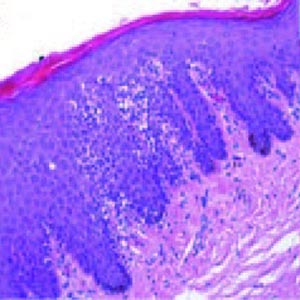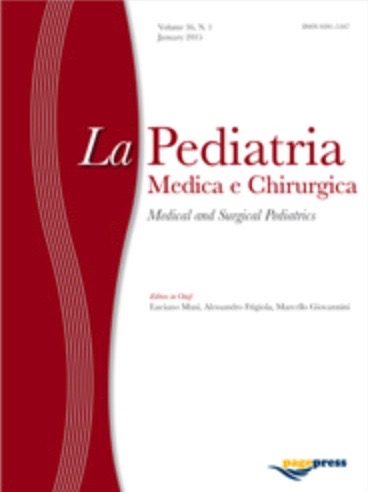Articles
Vol. 44 No. 1 (2022)
Lichen sclerosus in pediatric age: A new disease or unknown pathology? Experience of single centre and state of art in literature

Publisher's note
All claims expressed in this article are solely those of the authors and do not necessarily represent those of their affiliated organizations, or those of the publisher, the editors and the reviewers. Any product that may be evaluated in this article or claim that may be made by its manufacturer is not guaranteed or endorsed by the publisher.
All claims expressed in this article are solely those of the authors and do not necessarily represent those of their affiliated organizations, or those of the publisher, the editors and the reviewers. Any product that may be evaluated in this article or claim that may be made by its manufacturer is not guaranteed or endorsed by the publisher.
Received: 8 September 2021
Accepted: 27 January 2022
Accepted: 27 January 2022
2364
Views
730
Downloads
32
HTML







